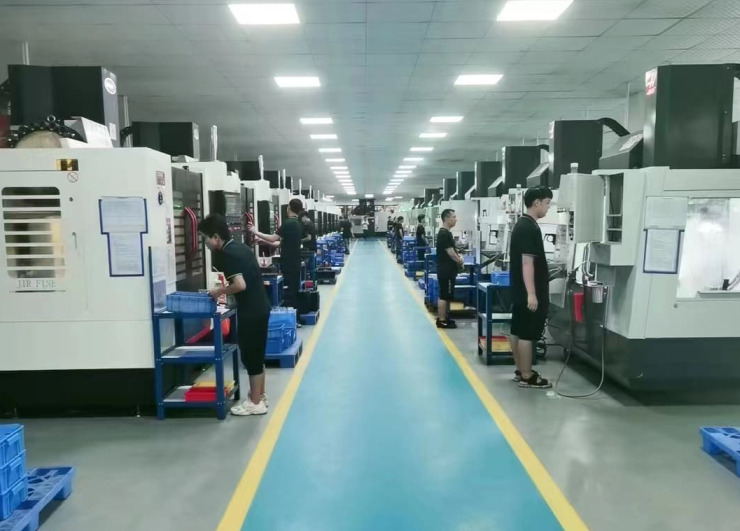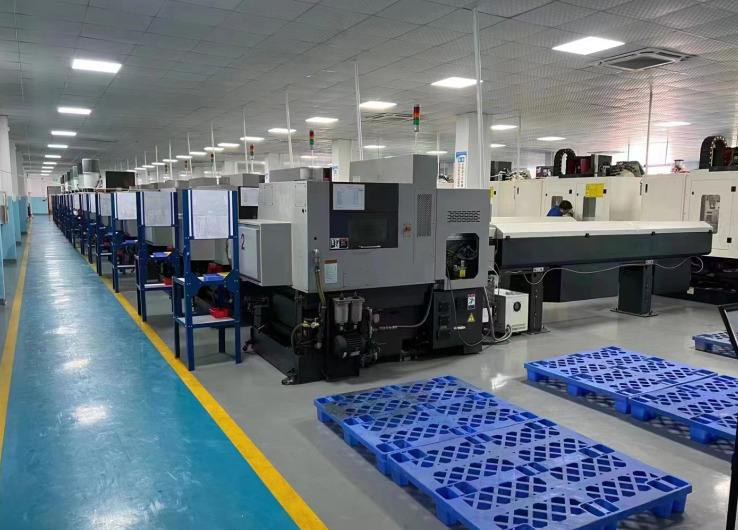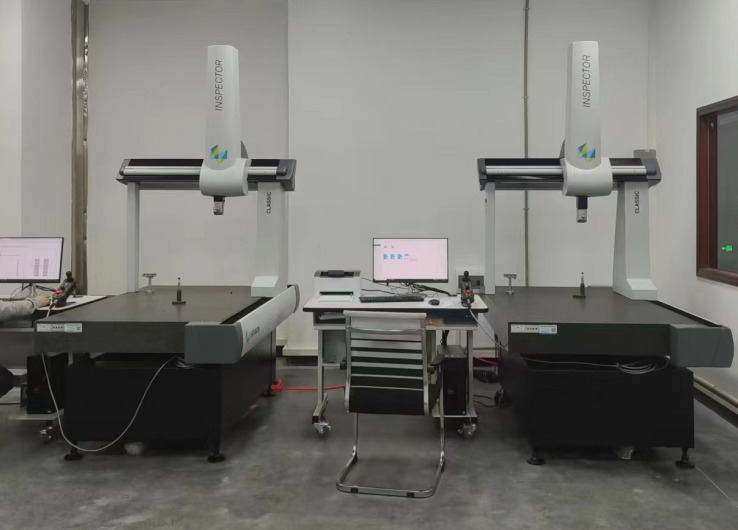


PROTO MFG Always focus on the quality control of the CNC machining process and products
CNC machines are designed to provide high-precision parts with the smallest tolerances. However, in order for CNC machines to continue to deliver accurate results, they need to undergo certain quality control checks. Quality control and inspections are carried out in parallel with the CNC machining process. As a basic distinction, quality assurance is establishing processes and procedures for effective measures, including documentation requirements. Whereas quality control is the implementation of these measures. PROTO MFG is an ISO 9001-certified company and performs its quality control function in-house. Here’s how we execute our quality program.
· Machine accuracy and calibration
First and foremost is the regular inspection of the CNC machine to produce high-precision results. Therefore, perform CNC machine and tool accuracy tests from time to time to see if the machine is functioning as expected. The main areas that undergo quality inspection are shafts, spindles, brackets, etc. If an error is found in any major area of the CNC machine, the problem will be resolved immediately. This includes correcting spindle orientation, zero line axis, and tool movement based on the given input. In case of deviation, the final product will be affected. To keep our machines calibrated, we use several tools such as CMMs (coordinate measuring machines), micrometers, barometers, etc. We have a fixed time to inspect each area of the CNC machine and once the time is up we inspect the part and take steps if necessary to keep it in calibration.
· Part or product quality inspection
Next comes the quality control of the finished product. This means that the final part or product manufactured by the CNC machine should meet the required parameters. In addition, it includes surface finishing, dimensional tolerances, material strength and material adherence to specific standards, product color, and other physical characteristics (if required). From time to time, we also test the chemical properties of our products, as they are required in any food or chemically sensitive industry.
· Process and program control
Quality inspection of the process is very important to eliminate process-related issues that can affect the final product. This includes all phases of CNC machining, i.e. design finalization, feasibility phase, material procurement, prototyping, feedback, and series production. It is important to cover all stages of product development to obtain a high-quality end product.
How do we do quality control?
customer-centric approach
We believe our customer satisfaction is the key to a good quality control program. Therefore, we maintain close communication with our customers, carefully listen to the parameters and design requirements shared with us, and execute according to their requirements. If we have questions about the order, we will communicate with the customer and clarify. This is our first step to ensure that we get the right product according to our customer’s requirements.
understand design
The main goal of our design team is to obtain CAD designs for all products. The first task of the design team is to understand the product and see the tolerances allowed for it.
Completion method
The next step is to complete the process. During this quality control phase, our team finalizes the process to be adopted. The focus is on the most cost-effective and technologically advanced processes. Any documentation required for the process to complete is then arranged. Once we determine which process is best for the part, we begin the machining process. Other aspects we consider at this stage are the timeline of the project and how much time we have to handle the process. So we make a slight change based on the time we have in hand and then finalize the approach.
data-observation
In order to maintain a good CNC machining quality control program, the material and quality of the materials used must be considered. Therefore, we always purchase materials from big companies and conduct a material inspection before processing to ensure that the requirements of customers are met. In addition, we ensure that the materials we use have the certifications required by the customer’s relevant industry or country. As a result, we eliminated any major issues early in the process. Also, if our client has some regulatory requirement to incorporate into the product, we can do that as well.
Check the final product
Once the part is complete, we perform a thorough quality control check. This includes tests such as dimensional compliance tests, chemical tests, surface finish tests, strength tests, tolerance tests, and other tests required by the product. In addition, we complete a document check to see if any additional documents are required by the client or his particular industry. If there is no problem, we will prepare to ship the parts.